buddhist monastery
Buddhist Monastery: A Complete Guide to Staying at One!
James Lau
Posted on December 12, 2023
Share:
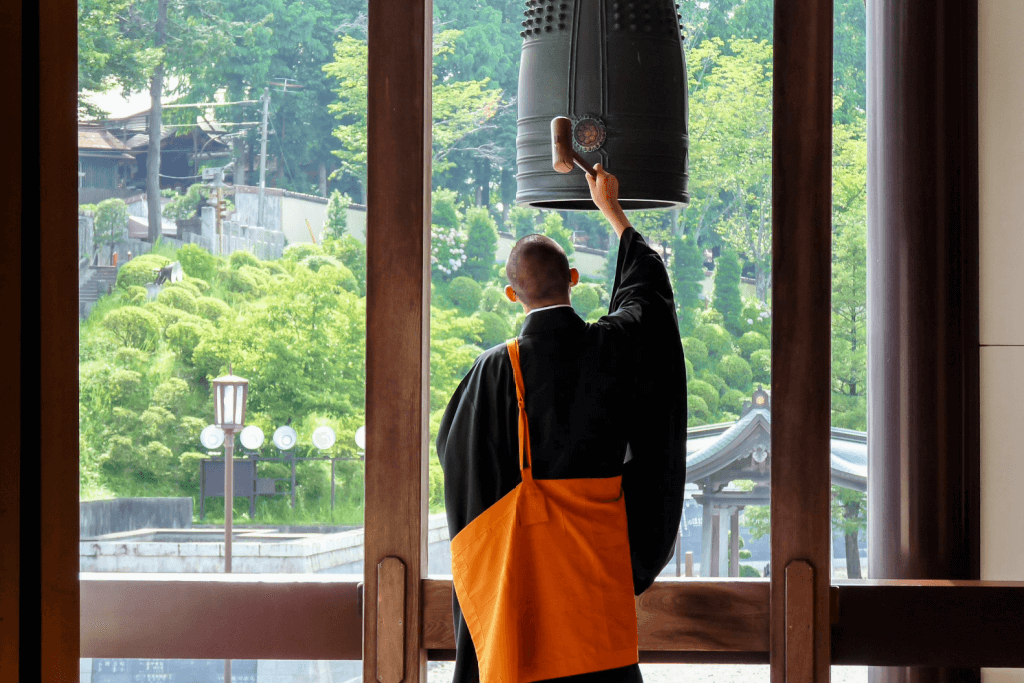
With all their calm and tranquility, Buddhist monasteries offer more than just a place to stay—they provide a life-changing experience. Let’s look at the mysteries of temple lodging and explore why staying at a Buddhist monastery is a unique adventure!
What is Buddhism?
Buddhism traces its roots to 6th-century BC India, centered around the teachings of Gautama Siddhartha, known as the Buddha. Notably, Buddhism influenced Japan through China and Korea in the 6th century. Although Buddhism was popular with the ruling class, spreading among commoners was more difficult. Despite early conflicts with Shinto, Japan’s native religion, the two eventually could coexist.
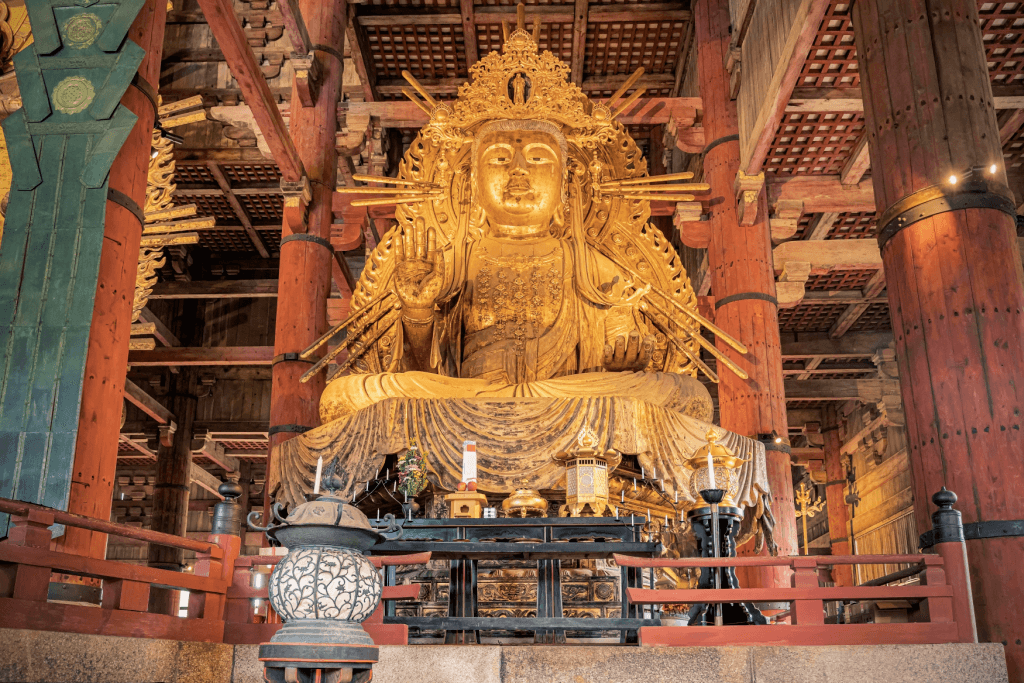
During the Nara Period, monasteries like Todaiji became influential. They contributed to the capital’s relocation. Zen Buddhism, introduced in 1191, gained popularity with the military due to its focus on meditation. By the late 16th century, leaders like Oda Nobunaga reduced Buddhist influence. In the Meiji Period, efforts to separate Shinto and Buddhism further weakened Buddhist impact. Today, two-thirds of Japan’s population identifies as Buddhist, with Buddhist practices standard in households.
What’s it like in a Buddhist monastery?
Buddhist monasteries house various buildings, each serving specific functions and the needs of the monks. Japanese Buddhist temples have gates marking boundaries, bell towers calling monks to prayer, main halls holding sacred images, pagodas housing relics, lecture halls for teachings, meditation halls, sutra repositories, and founder’s halls. Abbot’s quarters, sub-temples, and teahouses can also be found within monastery grounds.
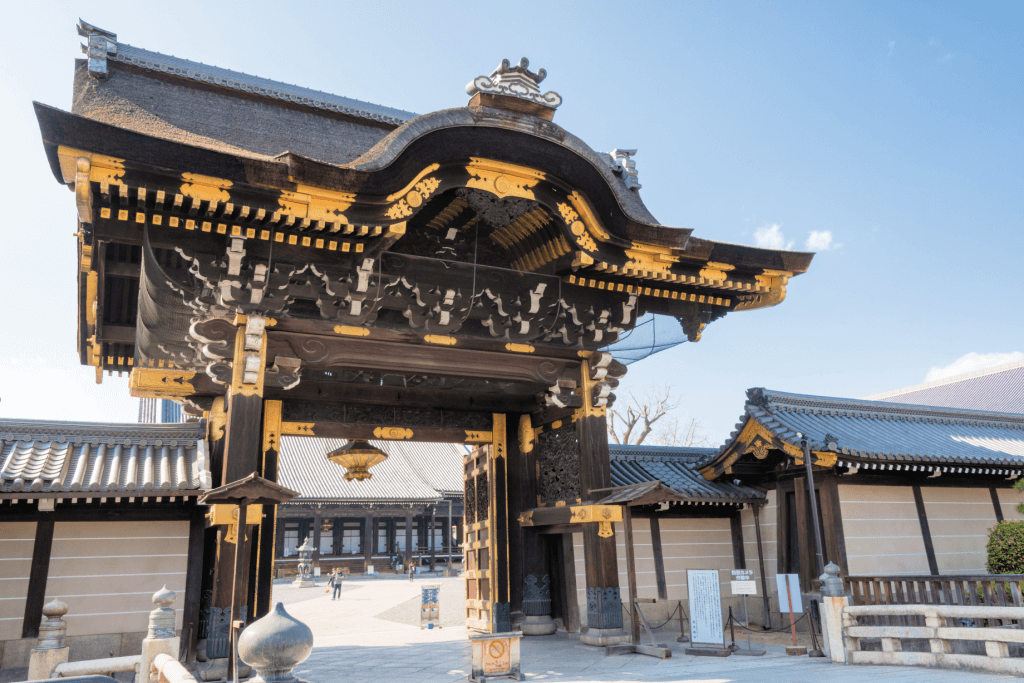
These monasteries also feature gardens carefully designed to represent Buddhist paradises, showcasing trees, water features, and symbolic lotus blossoms. Zen monasteries may include rock gardens designed for meditation. These beautifully designed and purposeful structures create a calm and spiritual environment within Buddhist monasteries, showing the harmony of architectural beauty and religious practices.
What is the daily life of a monk?
Buddhist monks’ daily routines are undoubtedly based on the form of Buddhism practiced at their monastery. An abbot and senior monks guide monasteries. Though temples once housed hundreds of monks, modern ones have around 30. Rules, like wearing coarse robes, not eating certain foods, and meditation practices, maintain a simple lifestyle helpful for enlightenment. Zen monks, for instance, meditate around seven hours a day, and daily tasks are performed with a meditative mind.
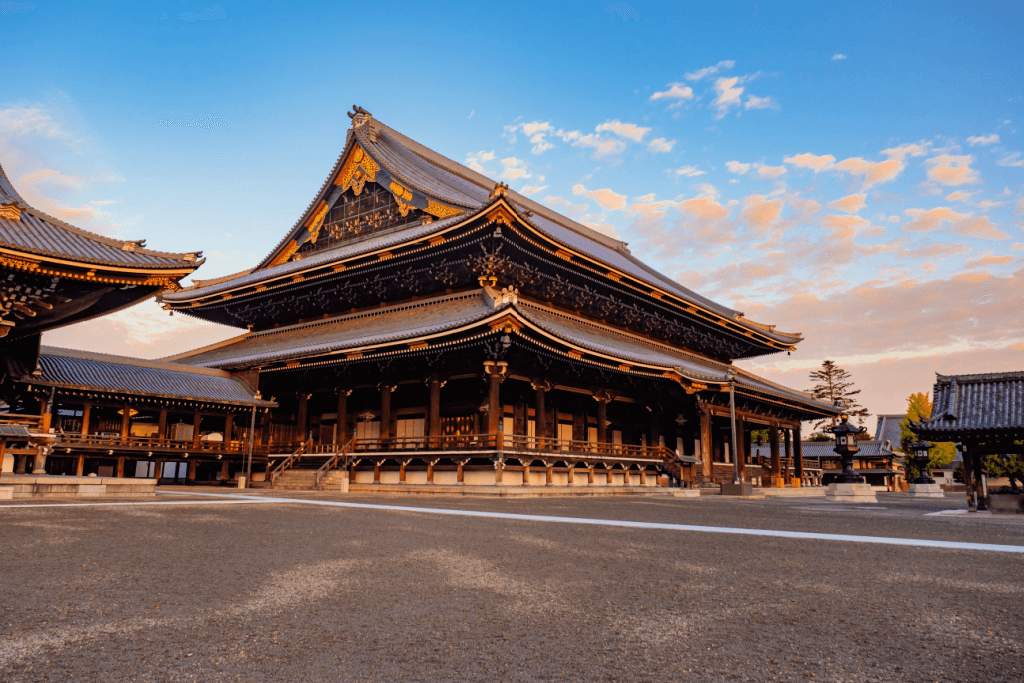
Meditation takes various forms, including sitting and thinking (zazen) or contemplating riddles (koan). Monks may chant sutras, repeat mantras, garden, and make mandalas during meditation sessions. Additionally, monks will labor and assist visitors while communal meals, usually silent, are eaten throughout the day. A typical day for a modern Zen monk includes waking at 4 am, chanting sutras, performing work duties, eating meals, and additional meditation.
Are you interested in some delicious snacks? Check out Sakuraco! Sakuraco delivers traditional Japanese snacks, teas, and sweets from local Japanese makers directly to your door so you can enjoy the latest treats directly from Japan!

What is Shukubo?
Buddhist temple lodgings, known as “shukubo,” offer tourists a unique opportunity to stay overnight on temple grounds. During the Nara Period, monasteries like Todaiji became influential. They contributed to the capital’s relocation. Zen Buddhism, introduced in 1191, gained popularity with the military due to its focus on meditation. By the late 16th century, leaders like Oda Nobunaga reduced Buddhist influence. In the Meiji Period, efforts to separate Shinto and Buddhism further weakened Buddhist impact.
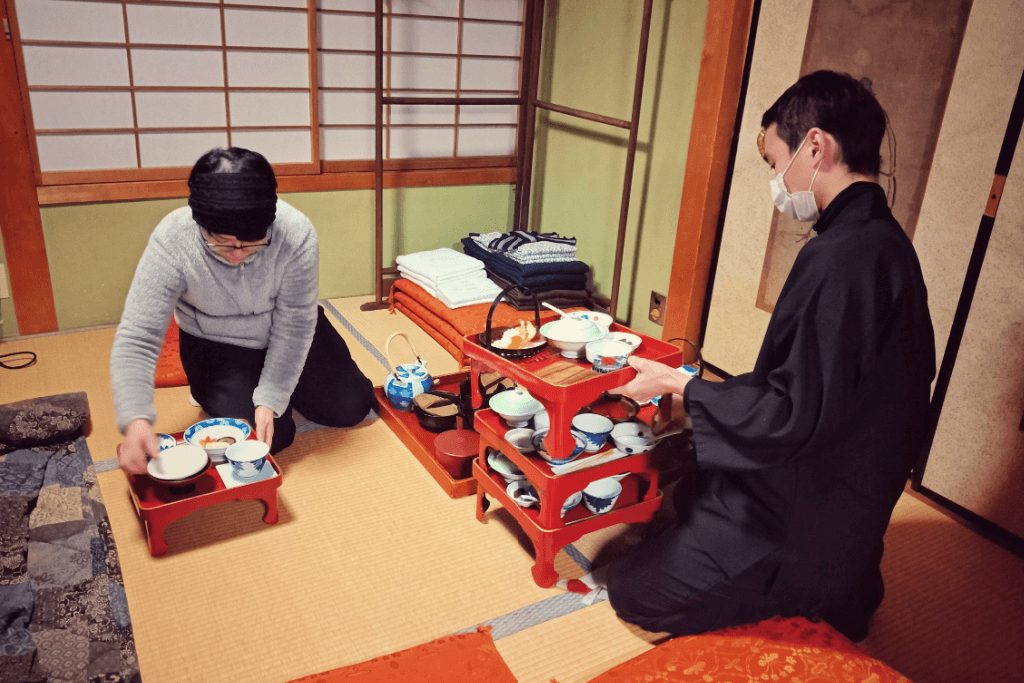
The origins of shukubo can be traced back to the Heian Period when elite nobles popularized temple visits when they required overnight stays during their travels. At the time, monasteries were only for monks and worshippers. However, this practice became popular in the lower class in the Edo period. These days, due to the decline in monk visitors, most temples accept tourists and can sometimes be the only accommodations available in town.
Bookings, typically priced between 6,000 and 10,000 yen per person, can be arranged directly with the temple through phone, fax, or email. Moreover, some temples have English-speaking monks. Reservations can also be made through local tourist associations or online platforms. Shukubo usually offers traditional Japanese-style rooms and vegetarian meals known as shojin ryori. Guests can participate in morning prayers, sutra copying, waterfall meditation, or other activities.
Why should I stay at a Buddhist monastery?
Staying at a Buddhist monastery is an entirely different experience from modern Japan. Whether you are on your Buddhist journey or want to explore the beauty within these ancient monasteries, Shukubo also offers a unique chance to experience a day in the life of these wise monks!
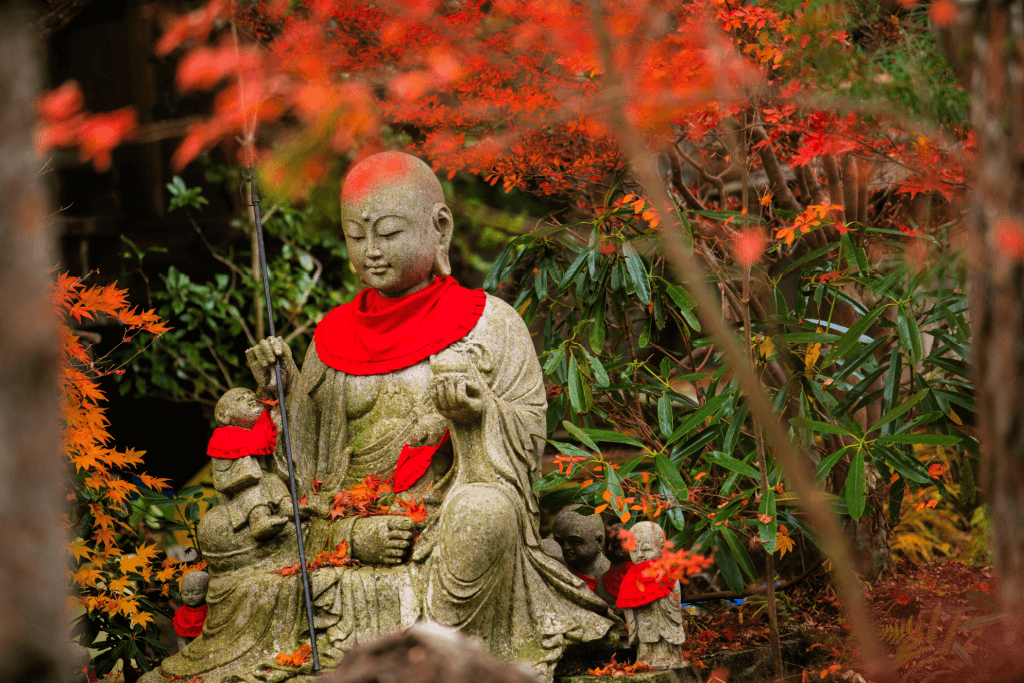
Beyond the physical accommodations, these spiritual places offer a chance to reflect, refresh, and connect with inner peace. Additionally, the transformative power of such an immersive experience is unparalleled, making it a must-try for those seeking peace amid life’s chaos. As you contemplate your next journey, consider the calm in a Buddhist monastery awaiting you! Have you ever stayed at a Buddhist Monastery? What was your experience like? Let us know in the comments below!

Discover authentic flavors with Sakuraco
Get Sakuraco 

Discover authentic flavors with Sakuraco
Get Sakuraco 
Related Articles
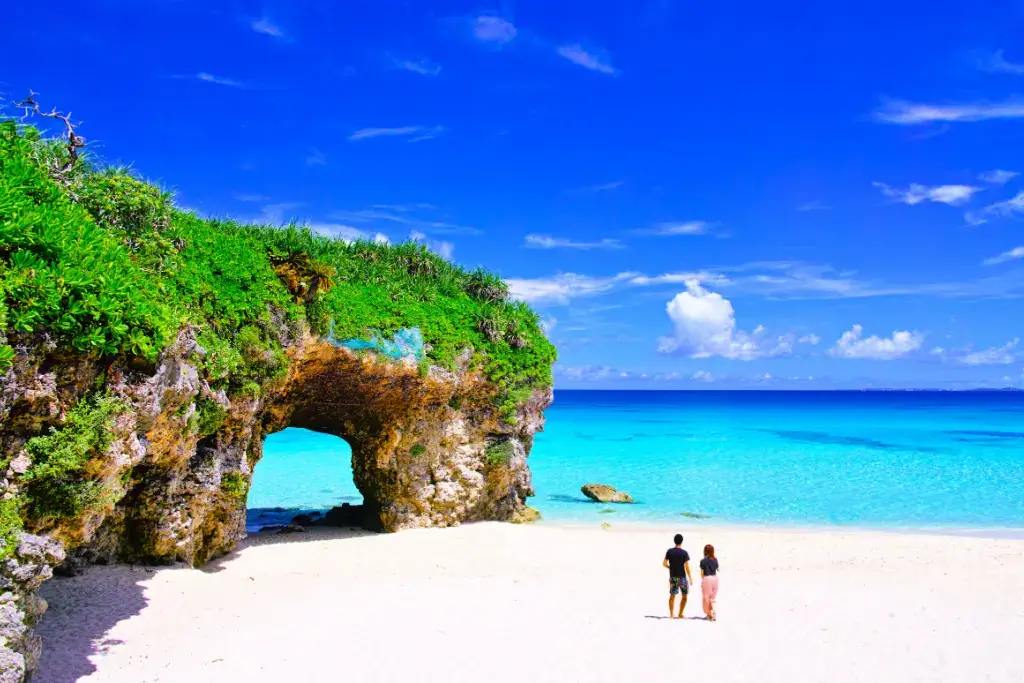
Okinawa Beaches: Five Great Tropical Escapes!
Okinawa Prefecture is a tropical paradise that is celebrated for its turquoise waters, beautiful, sandy coasts, and vibrant coral reefs. It has over 130 beaches, offering a coastal experience for every kind of traveler. These escapes range from secluded retreats to lively resorts. Today, we’ll explore five of the most captivating beaches in Okinawa!
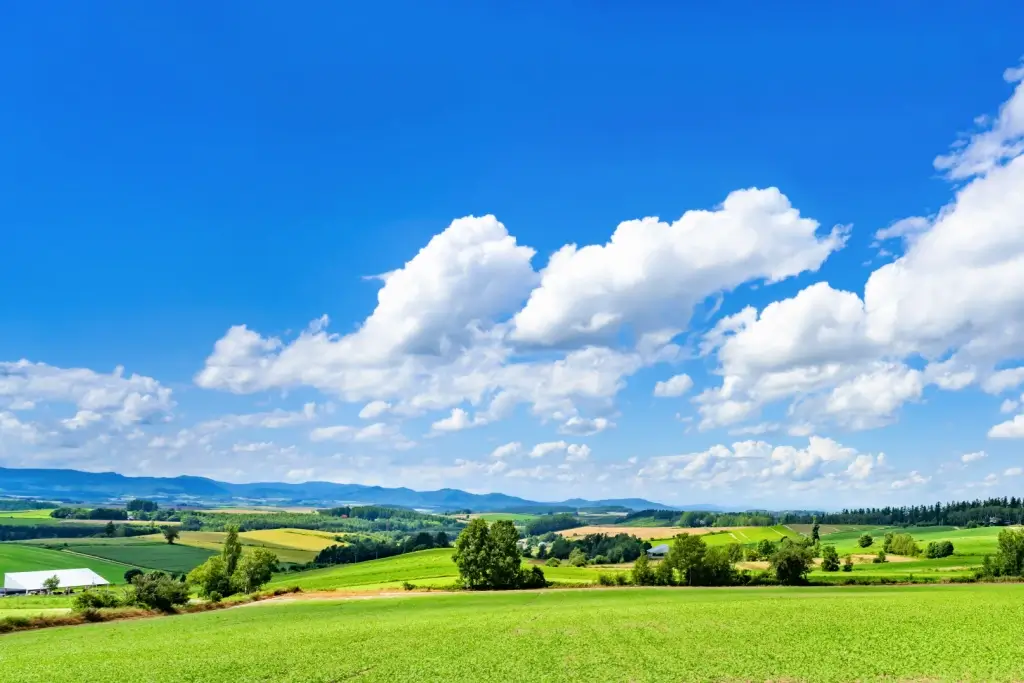
Hokkaido: Amazing Places to Enjoy This Summer!
With endless fields of flowers, misty lakes, fresh mountain breezes, and gentle festivals, Hokkaido’s summer is a world uniquely its own. Let’s look at explore five locations worth visiting during this time of year!
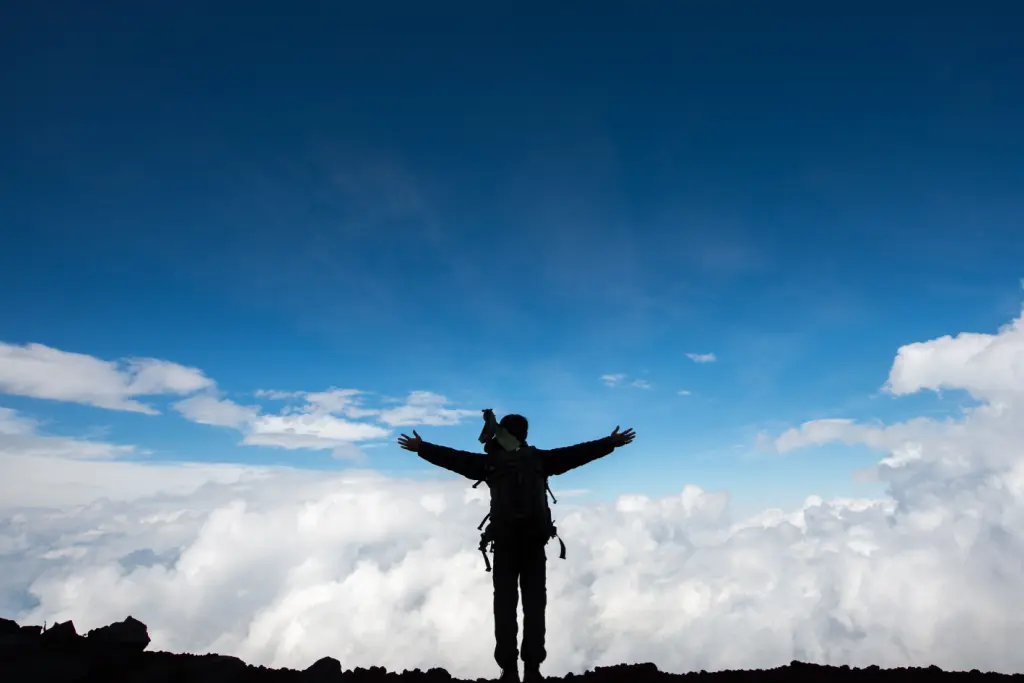
Mount Fuji Summit: Visit Sites Like Chureito Pagoda and More!
Rising at 3,776 meters (12,388 ft), the Mount Fuji summit is truly a sight to behold. On a clear day, you can even see it from Tokyo! This impressive volcano has inspired many poems, artworks, and pilgrimages for centuries.
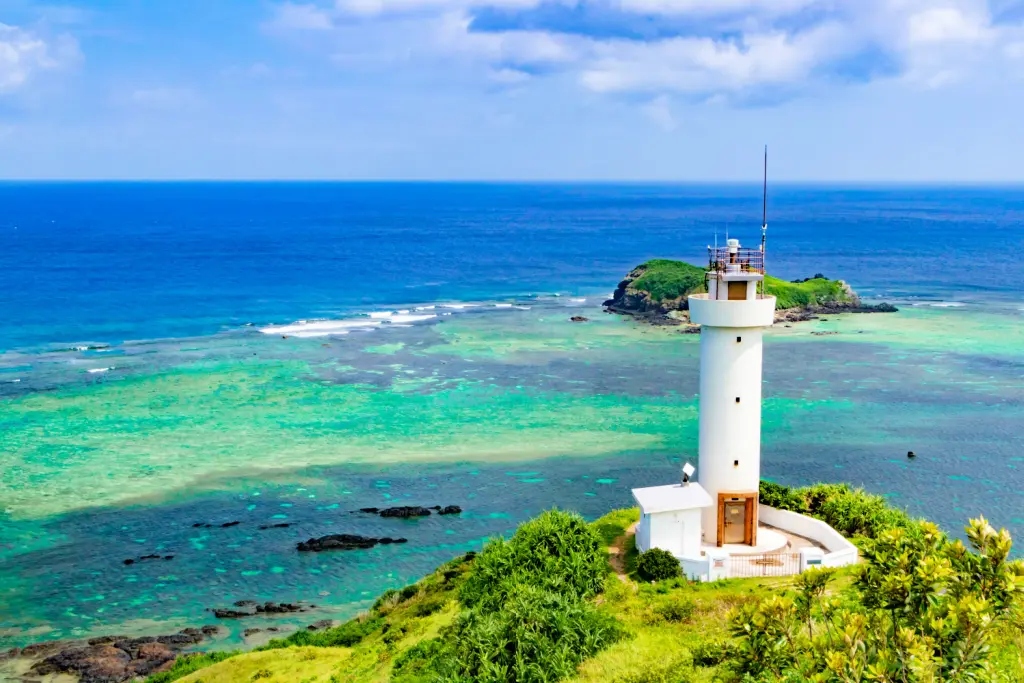
Okinawan Islands: Why You Should Visit Yaeyama!
While the rest of the country is famous for its high-speed trains and vibrant cities, the Yaeyama Islands move at the rhythm of waves and birdsong. This area will amaze you with its breathtaking natural beauty, blending majestic simplicity with the ancient cultural heritage. Keep reading to learn more about this Okinawan treasure!


